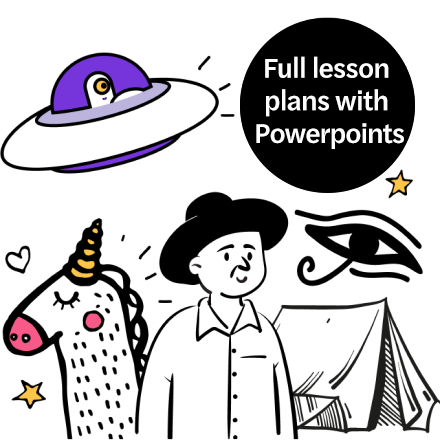How to teach poetry – six ideas for introducing rhymes

This format is difficult enough when you are a poet, so here are some ideas to help your pupils grasp the concept, from Roger Stevens…

We’ve all read those children’s poems that have clumsy rhymes or don’t even make sense.
I hope these ideas will help you incorporate rhyming poetry into your teaching…
Scribble away
First off, some general advice: always give the children rough paper to work on and stress that neat writing and spelling are not important at this stage. Just get ideas down as quickly as possible.
Work alongside the children. Tell them you’re learning, too, and that it will take several goes to write the poem. You can correct spelling and presentation together in groups or as a class once it’s written.
Remember that rhyme includes alliteration; repeated vowel sounds (assonance as in bread and heavy); repeated consonants, as in dump and damp; and internal rhyme – where the rhyme is not at the end of the line.
Last things first
A good way to overcome clunky rhymes or lines that don’t make sense is to not write the final line last. For example, using a hamster as our theme, a poem could start I have a hamster / His name is [blank].
In the third and fourth lines, describe some things the hamster does, e.g: He runs on his wheel / He bites my finger. Now go back and find a name that rhymes with ‘finger’. Sometimes a name will suggest itself.
If not make one up. Singer? Slinger? Pinger? Then, your poem reads: I have a hamster / His name is Slinger / He runs on his wheel / He bites my finger. You’ve effectively hidden the clunky rhyme in line two.
Lists
Writing lists can help when composing a poem on a particular theme. Choose a subject – for example, winter – then ask for words or phrases that suggest the season: snow, robins, icicles, cold, chilly, Christmas, etc.
Give pupils just four minutes to write as many words as they can. They must write fast – you want quantity over quality. Once the time is up, combine all the children’s lists and get everyone to look for words that rhyme with them.
Your poem can be long or short, it can tell a story or just hint at your theme. The only rule is that it must make sense.
Tongue twisters
Tongue twisters work especially well with KS1. Think of a subject that is going to be easy to rhyme, and with a first letter that will lend itself to alliteration. For example, if we use ‘snail’, we could start with the first line ‘In the garden I found a snail’.
Once you have your opening, add a new adjective beginning with S for each new line, e.g: It was a smelly snail / A silly, smelly snail / A slow, silly, smelly snail / A sniffly, slow, silly, smelly snail… And so on.
For the final line, think of how your poem story could end, e.g: And it got squashed on the street by a steamroller. For some strange reason, children often come up with violent endings!
Location, location, location
If you’re stuck for a subject, try polling the class to pick a place. You can use Pie Corbett’s brilliant poem ‘A Chance in France’ for inspiration: Stay at home, Mum said/ But I took a chance in France / Was grey for the day in St Tropez / Forgot what I did in Madrid…
Grab an atlas or map book and have a go. Which places lend best to rhymes? You can also employ the list technique here to find a bank of rhyming words for your location before you get going. What magical experiences can you cook up for different places in the world?
What do you like?
A common suggestion for writers is to ‘stick with what you know’. Why not ask students to tell you about their hobbies, favourite games, or sports, then find names of friends or family members that rhyme with these activities. Get the children to work with pairing the activities and names in different combinations until they come up something they’re happy with. This should not only give the class a giggle, but will also teach the essential role of editing; don’t forget that when writing a poem, it’s crucial to cross out, change your mind, and go off at a tangent. It’s all part of the process.
Roger Stevens has published over forty books for children, and is a National Poetry Day Ambassador. Roger’s new book Razzmatazz (£7.99, Otter Barry Books), illustrated by Mike Smith, is out now.







